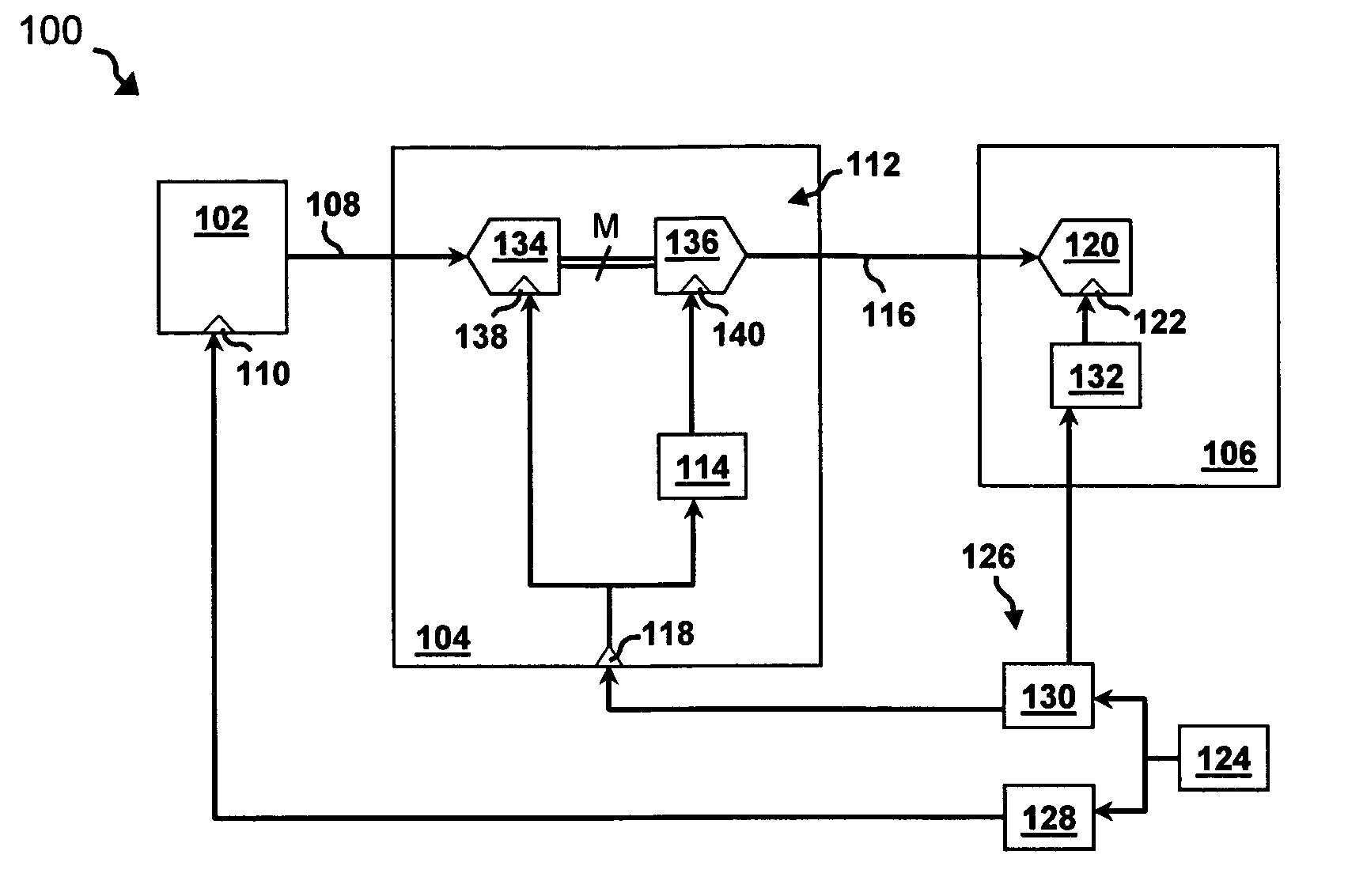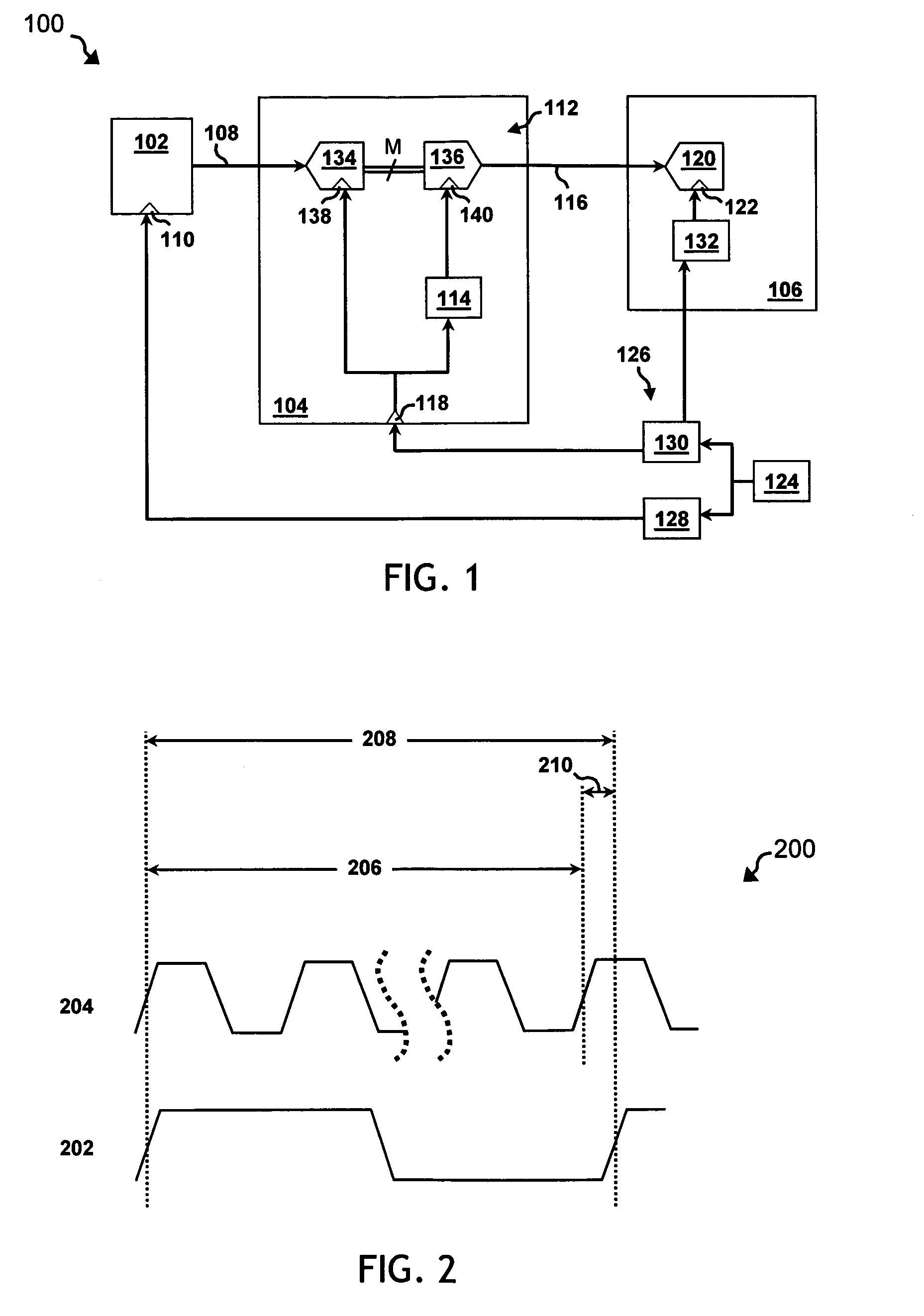Versatile system for time-independent signal sampling
a time-independent, signal sampling technology, applied in the direction of digital variable/waveform display, analog circuit testing, instruments, etc., can solve the problems of high-performance semiconductor devices that strain or exceed the functional limits of automated test equipment (ate) utilized in many commercial semiconductor production processes, and the parametric performance level of certain ate functions is limited or fixed at legacy values, etc., to achieve accurate and stable signal sampling, easy to use, efficient and cost-effective
- Summary
- Abstract
- Description
- Claims
- Application Information
AI Technical Summary
Benefits of technology
Problems solved by technology
Method used
Image
Examples
Embodiment Construction
[0019] While the making and using of various embodiments of the present invention are discussed in detail below, it should be appreciated that the present invention provides many applicable inventive concepts, which can be embodied in a wide variety of specific contexts. The present invention is hereafter illustratively described in conjunction with the automated testing of high signal edge-rate device technologies. The specific embodiments discussed herein are, however, merely demonstrative of specific ways to make and use the invention and do not limit the scope of the invention.
[0020] The present invention comprehends a number of issues arising in certain conventional ATE testing applications. Typically, ATE utilized in commercial semiconductor manufacturing processes lacks instrumentation capable of directly capturing or characterizing a number of high-speed signals. Generally, such ATE systems receive—as an input—a signal transmitted from a DUT. Certain problems arise when the...
PUM
 Login to View More
Login to View More Abstract
Description
Claims
Application Information
 Login to View More
Login to View More - R&D
- Intellectual Property
- Life Sciences
- Materials
- Tech Scout
- Unparalleled Data Quality
- Higher Quality Content
- 60% Fewer Hallucinations
Browse by: Latest US Patents, China's latest patents, Technical Efficacy Thesaurus, Application Domain, Technology Topic, Popular Technical Reports.
© 2025 PatSnap. All rights reserved.Legal|Privacy policy|Modern Slavery Act Transparency Statement|Sitemap|About US| Contact US: help@patsnap.com


